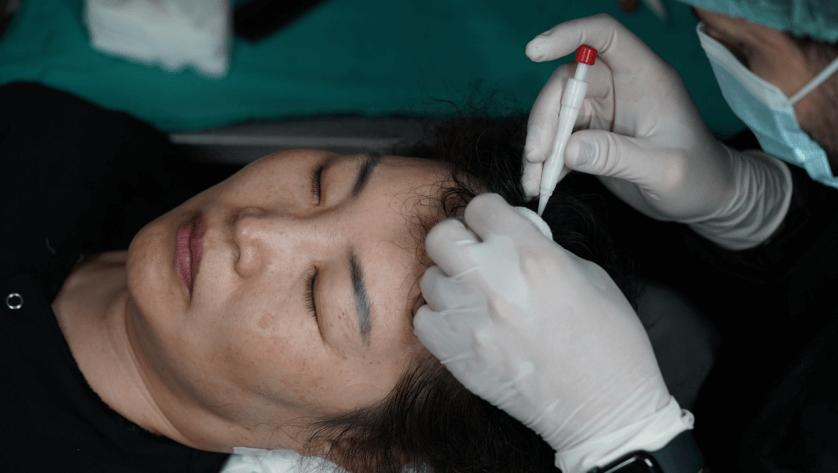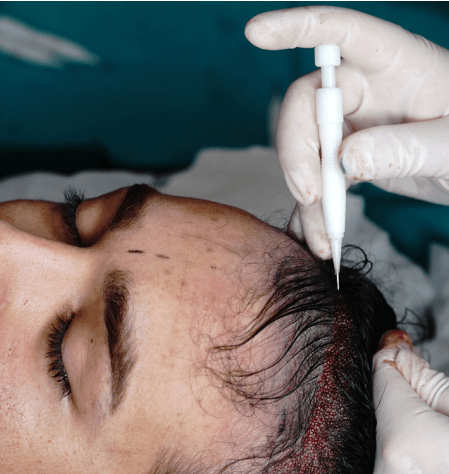TRAPIANTO DI CAPELLI NON RASATI
How is a unshaven hair transplant performed?
Il trapianto di capelli con la barba lunga è una tecnica che consente il trapianto di capelli senza radere la parte anteriore, laterale e superiore dei capelli. Durante Durante la procedura, la sola area donatrice viene rasata e vengono raccolti i follicoli necessari, mentre il resto dei capelli viene lasciato intatto. Questo metodo è particolarmente popolare tra gli individui con i capelli lunghi. Poiché la zona rasata è nascosta dai lunghi peli sulla parte superiore, non si nota.
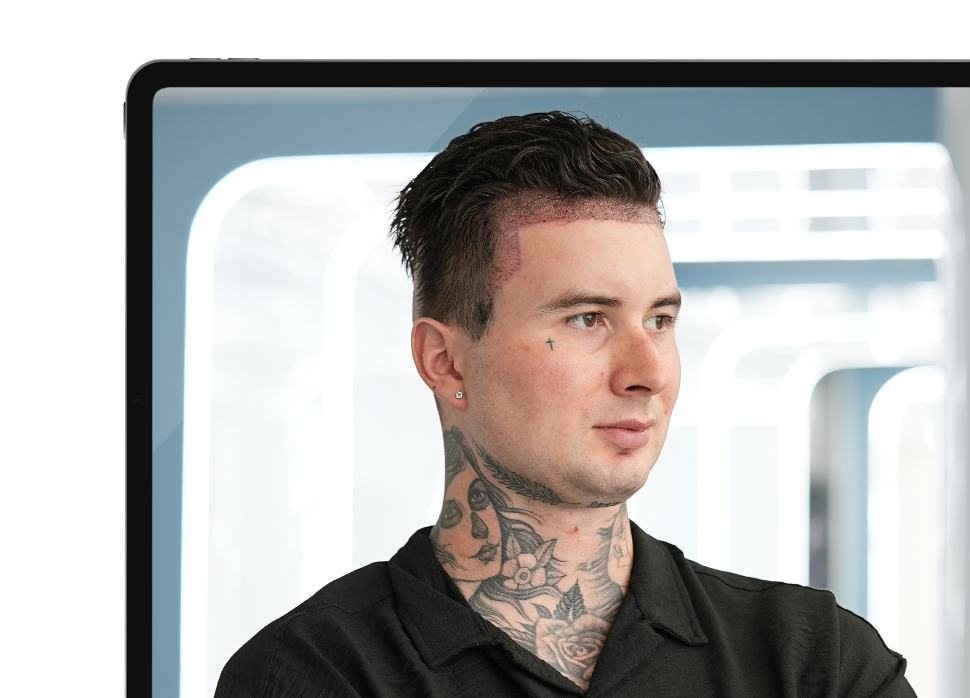
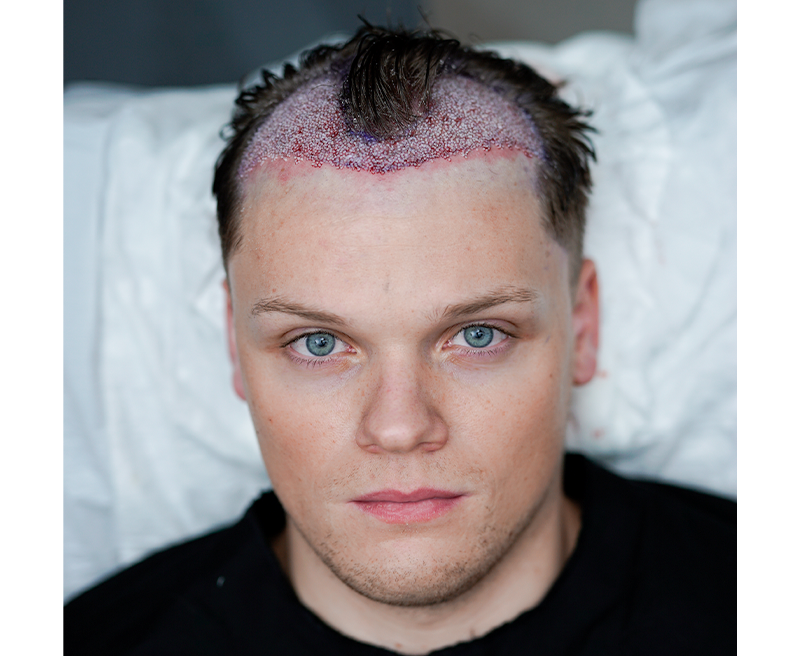
CHI È IDONEO AL TRAPIANTO DI CAPELLI NON RASATI?
Il trapianto di capelli non rasati può essere eseguito utilizzando diversi metodi come il trapianto di capelli DHI e CHOI PEN, che possono essere scelti in base alle esigenze dell'individuo e alle raccomandazioni del medico.br Un metodo prevede l’apertura di una piccola finestra nell’area donatrice per raccogliere i follicoli, metodo preferito dalle donne. In questo caso, capelli non rasati il trapianto può ancora essere eseguito, ma potrebbe non essere del tutto chiaro quali follicoli siano stati estratti dall’area donatrice. Esiste anche un metodo di trapianto di capelli completamente non rasati, ma può dipendere dal numero di radici richieste. Questa tecnica è tipicamente utilizzato per aumentare la densità in aree piccole, strette e limitate, con una media di mille-millecinquecento radici trapiantato utilizzando il metodo DHI e CHOI PEN.br In generale, le persone che potrebbero essere idonee al trapianto di capelli non rasati includono:
- The following individuals may benefit from unshaven hair transplantation:
- Individui con stempiatura
- Donne con perdita di capelli
- Persone con perdita di capelli a chiazze in aree specifiche
- Overall, unshaved hair transplantation offers a versatile solution for various hair loss conditions, addressing the specific needs of different candidates while focusing on aesthetic outcomes.
QUALI SONO I VANTAGGI DEL TRAPIANTO DI CAPELLI NON RASATI?
Il trapianto di capelli non rasati offre numerosi vantaggi, tra cui:
- Mantenimento dell'aspetto dei capelli prima e dopo la procedura
- Eliminando la necessità di una fase di crescita dei capelli post-trapianto
- Nascondere il fatto che è stato eseguito un trapianto di capelli
- Unnoticeable recovery period: The no-shave method allows patients to resume their work more quickly, with minimal attention from others.
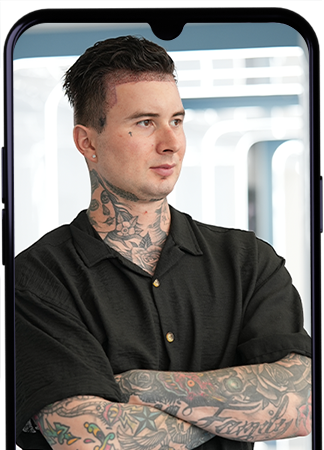
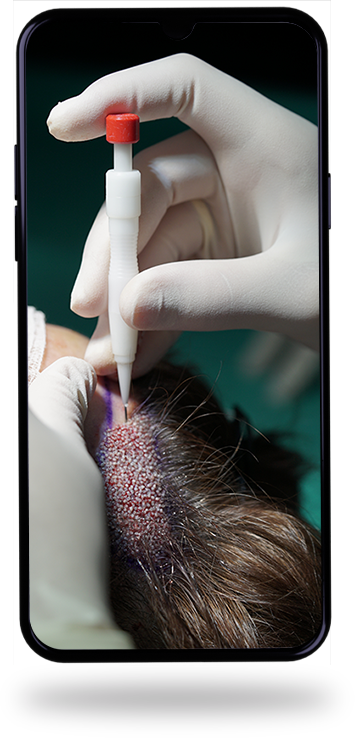
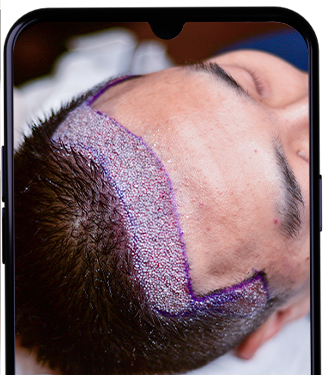

 Deutsch
Deutsch
 English
English
 français
français
 italiano
italiano
 Türkçe
Türkçe
 русский
русский
 한국어
한국어




